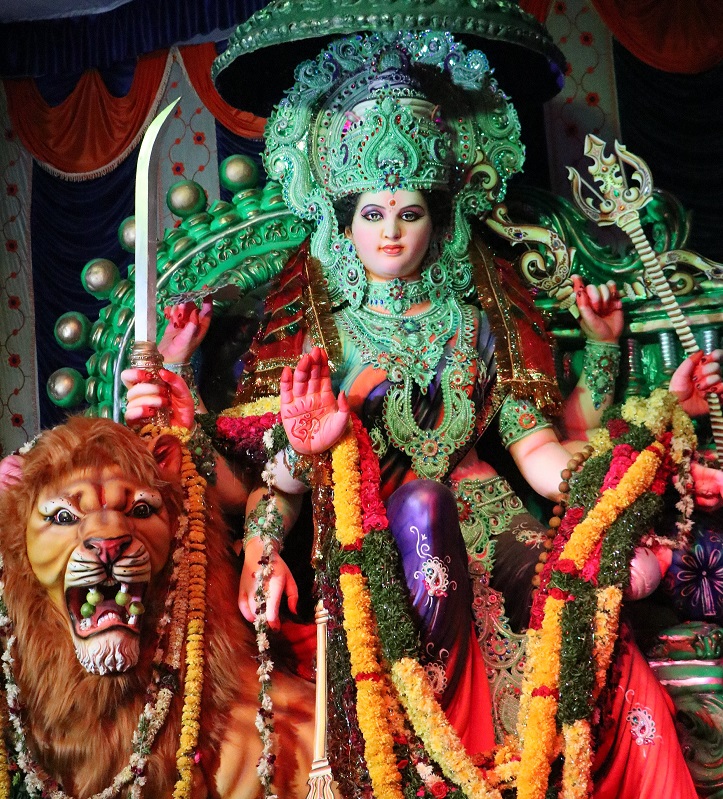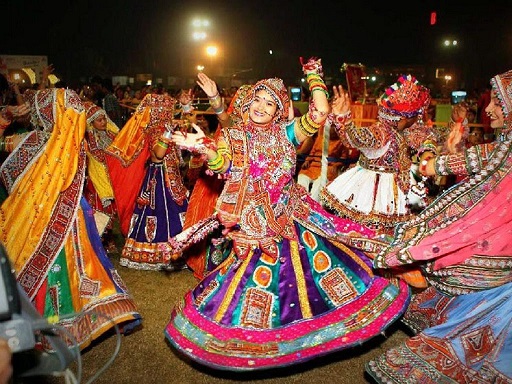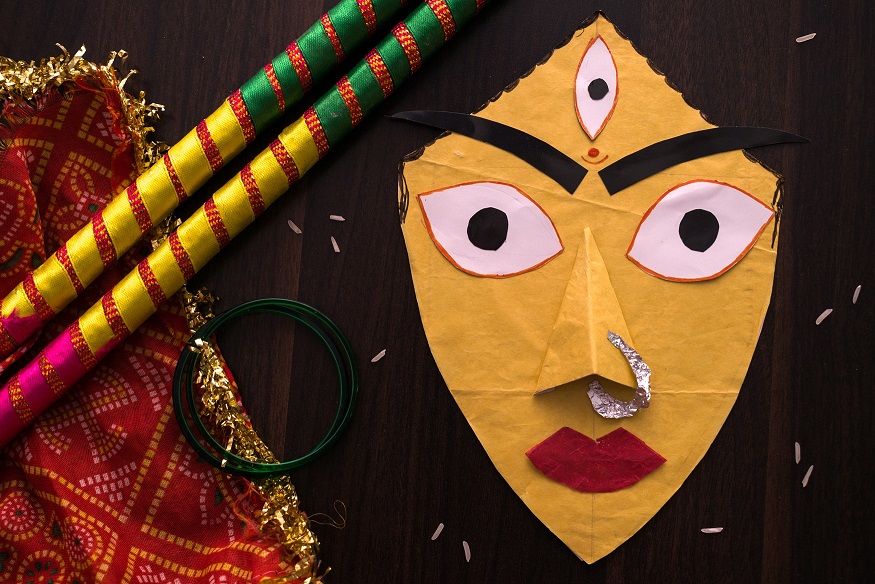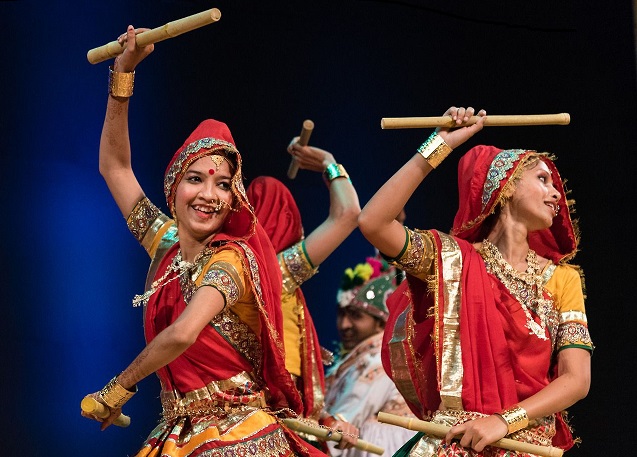Garba and Dandiya – A Folk Dance Form Representing The Vibrancy Of Navaratri
Garba and Dandiya – A Folk Dance Form Representing The Vibrancy Of Navaratri
 Photo by Sandeep Kr Yadav on Unsplash
Photo by Sandeep Kr Yadav on Unsplash
Navaratri, the nine-day celebration to commemorate the triumph of virtue over vice, has started on 7th October and will last till 15th October. You must have already come across lively groups performing Garba and Dandiya wearing vibrant attire. Both dance forms look brilliant with the perfect harmony and coordination of the dancers. But, do you want to know the mythological importance of these dance forms? Then, without further ado, please read this article to know where these started, the difference between the two, and their spiritual significance.
Divine Origin of Garba and Dandiya
Garba and Dandiya are sister dance forms, and both originated in Gujarat, India. However, in this day and age, all Indians, whether residing in the nation or overseas, look forward to Navaratri to enjoy these dances. The synchronized movements of the participants are an inert part of the nine-day celebration.
 Image Source: wallpapercave.com
Image Source: wallpapercave.com
Garba is derived from the Sanskrit word Garbha, meaning the womb of a mother. Thus, in this dance, a pot is centrally located with a lamp-lit inside, called the Garbha Deep. The dancers move in concentric circles around this pot, which has a profound meaning. It signifies the circle of life comprising birth, death, and rebirth, with God detached from this cycle. God does not take part in the circle of life but empowers us from the centre of everything, just like the stationary lamp gives light.
Photo by Sonika Agarwal on Unsplash
On the other hand, Dandiya refers to the fight between Goddess Durga and Mahishasura, which took place during the nine days of Navaratri. The word Dandiya implies the bamboo sticks that the dancers use as props in this form. The sound of the sticks hitting symbolizes the clash of the swords in the mythological battle, and thus, Dandiya is also called the sword dance. As the combat between Ma Durga and Mahishasura marks the victory of good over evil, this dance gives the people an opportunity to finish their vices and emerge their righteousness.
Time of Performance
Garba and Dandiya are performed throughout Navaratri, with a slight difference. Garba is performed before the aarti or towards the start, whereas Dandiya is played after the aarti is completed. Dandiya nights are a huge attraction, where people gather in huge numbers to perform in big groups.
The Moves Of This Folk Dance
Garba is meant to remember and respect the circle of life, and the melodies of this dance form are divine. People dance with slower moves to spiritual songs such as bhajans and chants, respecting Ma Durga’s different avatars. They use their hands and feet to perform the steps without using any props.
On the contrary, the background score of Dandiya is much more upbeat and peppy. The moves are faster and livelier, and the people usually dance to the beats of percussion instruments such as Dholak and Tabla. They hit on each other’s sticks on the beats, making symphonic sounds.
The dance moves are highly coordinated, especially in Dandiya, which requires an even number of dancers. If any dancer misses hitting at the right time in the right direction, it may hurt the other. Thus, it symbolizes the harmony we need to observe in our relationships. We need to adapt and adjust ourselves beautifully and cheerfully according to situations and other people’s behaviours, failing which, may cause hurt and disturbance.
Image Source: wallpapercave.com
Attire and Essence
In Garba, women wear colourful choli (blouse), chaniya (long skirt), and dupatta, with intricate mirror-work on the garments. Men put on a kediyu (a fit-and-flare full-sleeved frock), kafni pyjamas (tapered and pleated pants), and pagdi (turban).
While playing Dandiya, men ethnic kurtas and dhotis, and the women adorn themselves with choli, ghagra (long skirt), and odhni (shawl). Similar to the Garba dress, the Dandiya outfits are also vibrant, embellished and full of mirror-works.
The gorgeous colours and shiny mirrors on the attires, along with brilliant accessories, represent the liveliness and joy that this festival brings. If one has knowledge about the circle of life and can finish one’s vices, utmost happiness is definite in one’s life, which is what these dance forms bring.



Leave a Reply